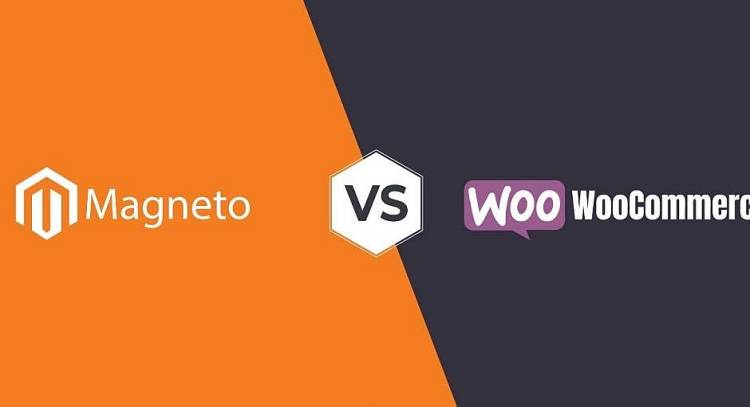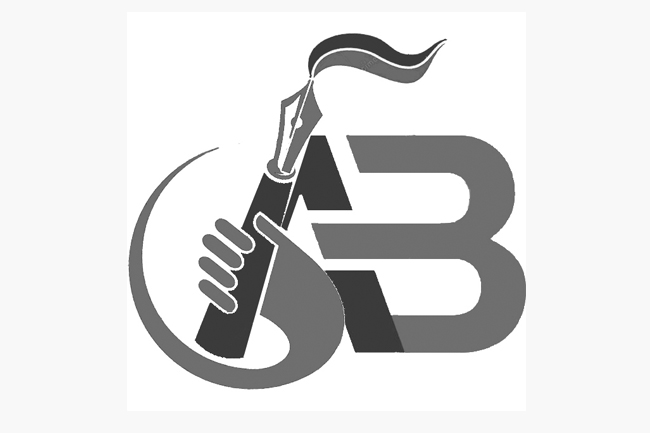
WooCommerce versus Magento- Which platform is best for eCommerce web development in 2024?
Table of contents:
WooCommerce vs Magento: An overview
WooCommerce
Magento (Adobe Commerce)
WooCommerce vs Magento: Factor-based comparison
1. Customization
2. Scalability
3. Security
4. Community support
5. Payment gateways and integration
WooCommerce vs Magento: A quick comparison
Conclusion
When comparing WooCommerce and Magento for eCommerce website development, it's essential to consider their respective functionalities and capabilities. With a plethora of features offered by both platforms, selecting the best option can be challenging.
Let's delve into a detailed comparison to help you make the right choice between WooCommerce and Magento for your eCommerce venture.
WooCommerce vs Magento: An overview
WooCommerce
WooCommerce is a popular WordPress plugin that offers users a flexible and customizable platform to build and manage online stores. According to recent stats, the platform powers close to 6M websites on the Internet.
With an extensive library of extensions, WooCommerce allows users to enhance their store's functionality with features like payment gateways, shipping options, marketing tools, and more.
Key features of WooCommerce
-
Robust reporting and analytics: WooCommerce provides reporting and analytics tools that enable users to gain insights into their store's performance, track sales trends, monitor customer behavior, and make data-driven decisions to optimize their business.
-
Customization options: Users can customize their online stores to reflect their brand identity and meet their specific needs by choosing from a variety of themes, utilizing built-in customization tools, and integrating third-party extensions.
-
Inventory management: WooCommerce provides inventory management capabilities that enable users to efficiently track, manage, and optimize their inventory levels, ensuring smooth operations and a positive customer experience.
Building an eCommerce platform on WooCommerce is free, making it a cost-effective option for startups. However, users need to cover expenses for web hosting and additional extensions to create a fully functional eCommerce site. Compared to Magento, WooCommerce is more affordable for businesses starting out, allowing users to pay as their business grows.
Magento (Adobe Commerce)
Magento is a robust and feature-rich eCommerce platform designed for businesses of all sizes to create and manage online stores. Nearly 128,064 websites use Magento on the Internet.
The platform offers flexibility, scalability, and a wide range of customization options to meet the unique needs of businesses. However, unlike WooCommerce, Magento has a steep learning curve, making it less user-friendly. Therefore, to make the most of this eCommerce platform, you either have to possess technical expertise or collaborate with an eCommerce development company.
Key features of Magento
-
Product management: Magento enables users to efficiently manage product inventories by providing tools to organize and categorize products. Users can customize product descriptions, images, and attributes, thereby creating compelling product listings.
-
Multi-store management: Magento allows you to handle multiple online stores from a single admin interface. Whether you manage multiple brands, languages, or currencies, Magento makes it easy to oversee all your stores and streamline your operations.
-
Advanced marketing and promotion tools: Magento offers a variety of marketing and promotion features to help you attract and retain customers. From discounts and coupons to personalized recommendations and loyalty programs, Magento enables you to create promotional strategies and targeted campaigns that drive sales and engagement.
Magento may require a higher initial investment than other platforms. However, its robust features and flexibility make it a worthwhile investment for businesses looking to establish a scalable and feature-rich eCommerce presence.
WooCommerce vs Magento: Factor-based comparison
-
Customization
Customizing WooCommerce is easy when the requirements include basic modifications like changing colors or adding simple features. However, technical expertise might be required for complex changes, such as modifying themes, plugins, or code.
To avoid errors or unintended issues in the online store’s functionality, leveraging WooCommerce development services from an expert WooCommerce developer is recommended.
Magento, on the other hand, provides extensive customization capabilities, allowing users to tailor every aspect of their online stores. However, having the necessary technical skills is essential for ensuring successful and effective customization of Magento stores.
The verdict
Both eCommerce platforms offer robust customization options but might require technical expertise. In such scenarios, it is advised to consider hiring eCommerce web developers to perform the task.
-
Scalability
The ability of the WooCommerce store to scale depends on the hosting infrastructure of the WordPress site. While WooCommerce can manage moderate levels of traffic and product catalog sizes, it may encounter difficulties when dealing with extensive product catalogs or heavy traffic volumes.
Magento has earned a reputation for its exceptional scalability. One key advantage of using Magento is its ability to scale horizontally. When the workload increases, additional servers can be added to distribute the load evenly. This feature ensures that the website remains stable and performs optimally, even during peak traffic periods.
The verdict
Magento’s ability to scale horizontally sets it apart. This makes Magento eCommerce development an ideal solution for rapidly growing businesses or those with extensive product catalogs and high website traffic.
-
Security
WooCommerce inherits the security features of WordPress and is generally considered secure when kept up-to-date with regular software updates and security patches. Users can enhance security further by using SSL certificates, strong passwords, and security plugins.
Magento prioritizes security and provides built-in features to protect online stores against common security threats. It offers robust user authentication, data encryption, and security patches to address vulnerabilities promptly.
The verdict
Both eCommerce platforms prioritize security but through different approaches.
-
Community support
WooCommerce benefits from the vast WordPress community, which provides access to a wealth of resources, tutorials, and forums for support. Due to WordPress's widespread adoption, users can easily find plugins, themes, and troubleshooting assistance.
Magento has a dedicated community of developers, merchants, and contributors who actively contribute to the platform's development and support ecosystem. Users can access official documentation, forums, and community events to seek assistance and share knowledge.
The verdict
Although both platforms have strong community support, WooCommerce has a slight edge due to the larger WordPress community. Magento's community is highly specialized and focused on eCommerce, offering valuable insights and resources for users.
-
Payment gateways and integration
WooCommerce supports a wide range of payment gateways, including PayPal, Stripe, and Square. Additionally, developers can use various third-party payment processors and extensions to expand customers' payment options.
Magento offers native integration with major payment gateways such as PayPal, Authorize.Net, and Braintree. You can also choose other payment extensions and integrations to support various payment methods and regional preferences.
The verdict
Both platforms offer extensive payment gateway options, but Magento's native integrations and marketplace may provide more comprehensive support for specific payment methods and regions..
WooCommerce vs Magento: A quick comparison
|
Parameters |
WooCommerce |
Magento |
The Winner |
|
Scalability |
Handles moderate traffic and expanding product catalogs |
Highly scalable for large and complex eCommerce operations |
Magento |
|
Customization |
Offers customization through themes, plugins, and code |
Provides extensive customization with themes, extensions, and code editing |
Both |
|
Ease of use |
User-friendly interface, easy setup for WordPress users |
A steep learning curve, requires technical expertise for website development |
WooCommerce |
|
Product management |
Efficient product management for various product types |
Advanced features for managing large catalogs |
Magento |
|
Performance |
Performance depends on hosting optimization |
Optimized for handling large traffic volumes |
Magento |
|
Security |
Relies on WordPress security measures |
Built-in security features and a proactive approach |
Magento |
|
Community support |
Benefits from the large WordPress community |
Dedicated community focused on eCommerce |
Both platforms |
|
Payment gateways |
Supports various payment gateways and integrations |
Native integration with major gateways |
Both platforms |
|
SEO and marketing tools |
Basic SEO features and WordPress plugin integration |
Advanced SEO capabilities and built-in marketing tools |
Magento |
|
Mobile responsiveness |
Themes are responsive and optimized for mobile shopping |
Responsive designs for seamless browsing |
Both platforms |
Conclusion
Choosing between WooCommerce and Magento depends on businesses' specific requirements, budget, and technical capabilities. SMEs with simpler needs may find WooCommerce more suitable, while larger enterprises with complex eCommerce requirements may benefit more from the advanced features and scalability offered by Magento.
 Author Bio: Nathan Smith has over a decade of experience in the IT industry. He shares his knowledge and insights through his writing, covering the latest trends, technologies, and best practices in web and app development, eCommerce development, and related fields. His articles cater to technology stakeholders, developers, designers, and tech enthusiasts alike.
Author Bio: Nathan Smith has over a decade of experience in the IT industry. He shares his knowledge and insights through his writing, covering the latest trends, technologies, and best practices in web and app development, eCommerce development, and related fields. His articles cater to technology stakeholders, developers, designers, and tech enthusiasts alike.












